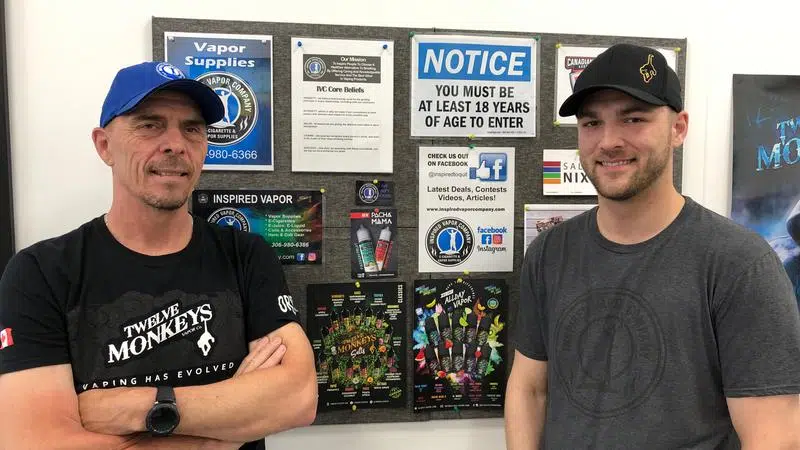
Combatting the continuing rise in youth vaping rates
The rate of youth smoking in Saskatchewan and across Canada has continued along a downward trend in recent years, but according to Health Canada that decrease has been undermined by a continual increase in youth vaping rates throughout the country.
While the rates are lower, Saskatchewan teens are smoking cigarettes at rate much higher than the rest of the country, according to Health Canada statistics.
The Canadian Tobacco, Alcohol and Drugs survey recently showed 22 per cent of Saskatchewan teenagers aged 15 to 19 have smoked cigarettes, compared to the national average of only eight per cent.
The Canadian Cancer Society said they believe the fault is partially on the Saskatchewan government, and their lack of updates to anti-smoking measures in the province.


